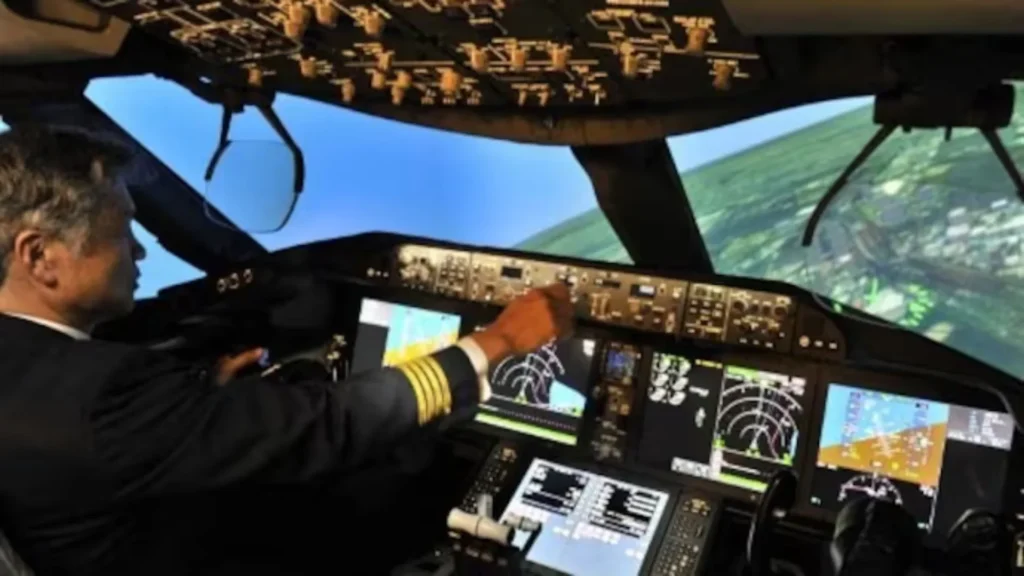Air India Crash: Cockpit Recording Hints at Possible Pilot Error, Investigation Ongoing
Investigators examining the tragic crash of an Air India Boeing 787 in Ahmedabad on June 12 which claimed 260 lives are now looking closely at cockpit voice recordings. Early analysis suggests the captain may have cut fuel supply to both engines shortly after takeoff, potentially triggering the crash.
Why It Matters
This incident marks the deadliest aviation disaster globally in a decade, sparking serious questions about flight deck protocols, aircraft safety systems, and the possible need for cockpit cameras. While investigations are still underway, early evidence is already shaping the conversation around aviation safety reforms.
What Happened
- The flight, bound for London, took off normally but lost thrust just after becoming airborne.
- Cockpit recordings reveal a conversation between the first officer and the captain, where the former questioned the fuel cutoff that appeared to starve both engines.
- While it’s still unclear who physically moved the fuel switches, early assessments suggest it was likely the captain.
- Surveillance footage confirmed the aircraft’s ram air turbine deployed shortly after takeoff, indicating both engines had lost power.
- Though the switches were turned back to “run” and the engines attempted to restart, the plane was already too low and too slow to recover.
- It crashed into a medical college campus, killing 241 passengers, one crew member, and 19 people on the ground.
What the Investigations Say
- India’s Aircraft Accident Investigation Bureau (AAIB) is leading the probe. A preliminary report confirms that one pilot asked why the fuel was cut off, and the other denied doing so.
- The AAIB has not yet assigned responsibility or concluded whether the switches were activated intentionally or accidentally.
- The cockpit voice recording and flight data are being analyzed with help from the U.S. National Transportation Safety Board (NTSB).
- Aviation expert John Nance said the evidence increasingly suggests human error, though multiple factors still need to be ruled out.
What Air India and U.S. Authorities Say
- Air India CEO Campbell Wilson emphasized that the preliminary report showed no mechanical faults or maintenance lapses.
- The U.S. Federal Aviation Administration (FAA) and Boeing have confirmed that the fuel switch locks are functioning safely, based on an internal memo.
- The NTSB highlighted the importance of learning from such incidents to enhance global aviation safety, even if no immediate mechanical flaws are found.
Broader Impact
The crash has reignited calls for cockpit image recorders to complement voice recordings and flight data. Experts believe having visual confirmation could significantly aid investigations.
Read More : U.S. Consumer Prices Rise in June, But Core Inflation Stays Moderate & Best Coupon Code on international deals .
